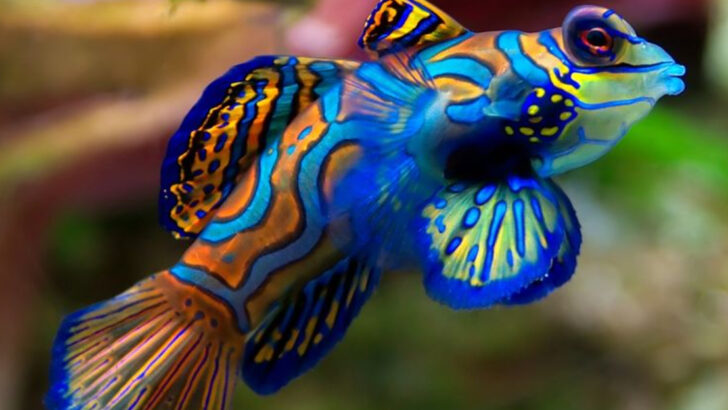Some fish are so rare, they sound like myths—creatures whispered about by deep-sea explorers and riverbank storytellers. But these are real. Hidden away in remote lakes, deep trenches, and secret underwater caves, they thrive where few dare to venture.
From a fish that “walks” on the ocean floor to one that was supposed to be extinct for millions of years, each species on this list is a true marvel. Some are tiny, some are giants, but all are survivors in places most of us will never see.
Their habitats are disappearing. Their numbers are dwindling. And yet, these fish persist, defying the odds and baffling scientists. Getting a glimpse of them in the wild is nearly impossible—but we’re about to take you as close as you can get.
Let’s dive into the world of the rarest fish on Earth. You won’t believe what’s swimming below the surface.
Devil’s Hole Pupfish
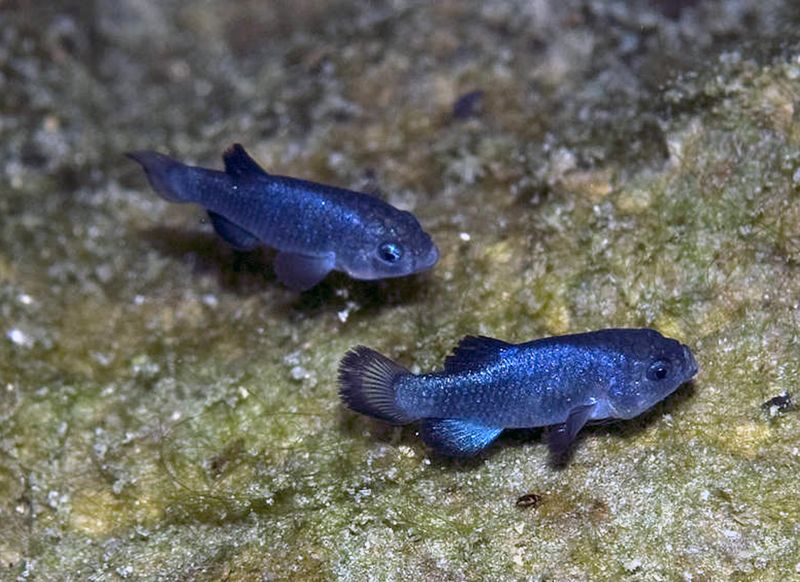
The Devil’s Hole Pupfish is an extraordinary example of nature’s adaptability, found only in the Devil’s Hole, a geothermal pool in the Nevada desert. This remarkable fish, typically about 1 inch long, displays a vibrant blue hue and has captivated biologists worldwide.
Living in constant warm water, it is perfectly adapted to its confined habitat, making it one of the rarest fish species. The survival of this species is a testament to the complexities of ecological niches. Conservation efforts are critical, as its existence is precariously balanced, with only a few hundred individuals remaining in the wild.
Sakhalin Taimen
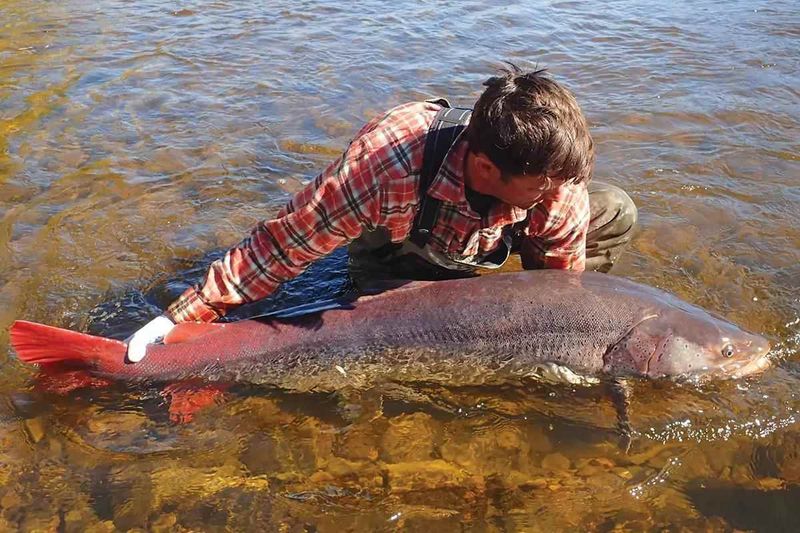
Sakhalin Taimen, known as the ‘River Wolf,’ is a critically endangered fish native to the rivers of Sakhalin Island and parts of Russia and Japan. This apex predator can grow over 5 feet long, boasting a striking silver body with a pinkish hue.
Its rarity is largely due to habitat loss and overfishing. The species is an important indicator of river ecosystem health, highlighting the need for conservation. Efforts to protect its natural habitat are essential for its survival, ensuring that future generations can marvel at this magnificent creature.
Australian Flathead Perch
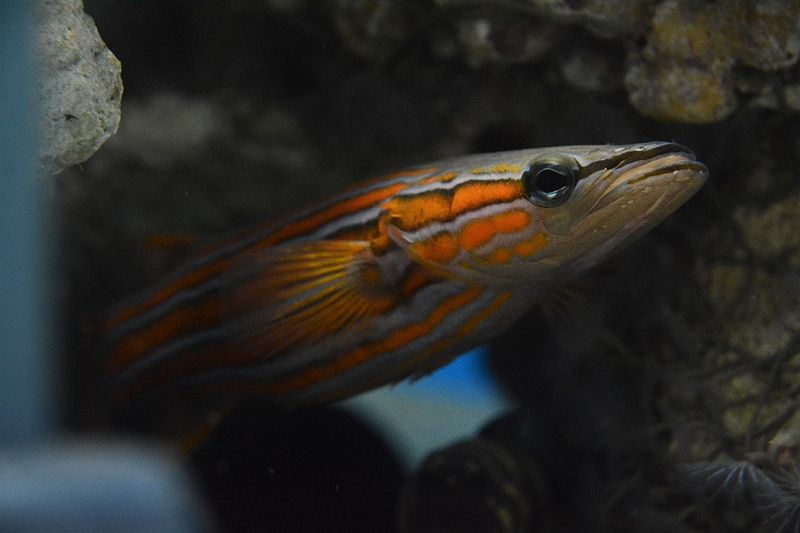
The Australian Flathead Perch is a mesmerizing fish native to the Great Barrier Reef. This elusive species, with its intricate patterns and vibrant colors, is rarely seen, making each sighting a unique event.
Its flattened body enables it to navigate the coral crevices effortlessly, a testament to its evolutionary adaptability. Despite being a lesser-known inhabitant of the reef, its role in the ecosystem is significant, contributing to the rich biodiversity of this marine wonder. Protecting its habitat from threats like coral bleaching is crucial for its continued existence.
Giant Sea Bass

The Giant Sea Bass, an iconic figure of the Pacific waters, is known for its immense size, reaching up to 8 feet in length. Found primarily off the coast of Southern California, this majestic fish embodies the grandeur of marine life.
Overfishing had once driven it to near extinction, but conservation measures are aiding its recovery. Its presence is vital for maintaining the balance within the kelp forest ecosystems. Witnessing this gentle giant in its natural habitat is an awe-inspiring experience, reminding us of the ocean’s magnificent biodiversity.
Coelacanth
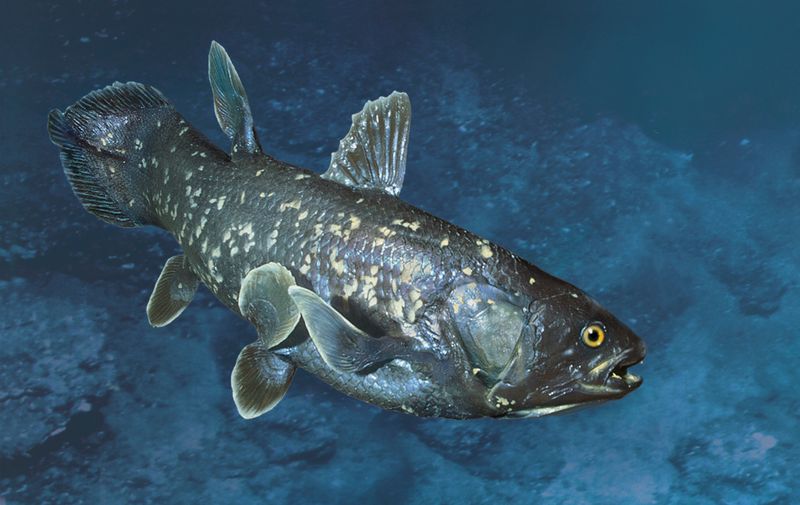
The Coelacanth is a living fossil, once thought extinct for millions of years until rediscovered off the coast of South Africa in 1938. This enigmatic fish, with its lobed fins and unique physiology, provides a direct link to our planet’s distant past.
Living at depths of up to 700 meters, it has adapted to life in the dark ocean depths. The rarity and historical significance of the Coelacanth make it a subject of extensive scientific interest. Protecting this ancient species is crucial, as it offers invaluable insights into evolutionary biology.
Freshwater Sawfish
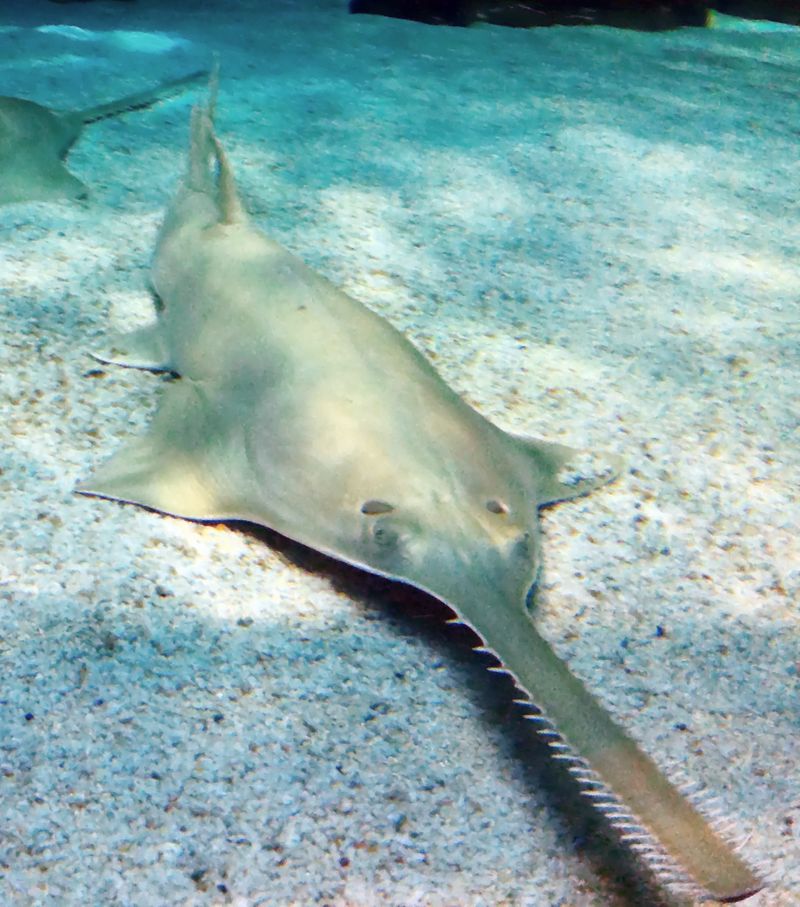
The Freshwater Sawfish, with its distinctive long snout resembling a saw, inhabits the rivers and estuaries of Northern Australia. This unique feature is used to hunt and navigate through murky waters, making it a fascinating creature of the freshwater realm.
Growing up to 21 feet, it faces threats from habitat destruction and fishing. The conservation of its riverine environment is vital for its survival. Efforts to understand its behavior and ecology are ongoing, aiming to preserve this remarkable species for future generations.
Mandarinfish

The Mandarinfish is a riot of colors, adorned with intricate patterns of blue, orange, and green, making it one of the most striking inhabitants of the Pacific Ocean’s coral reefs. This small yet eye-catching fish is known for its unique mating dance, a spectacle of nature.
Its vibrant appearance comes from cellular pigments rather than scales, an uncommon trait among fish. The Mandarinfish’s stunning beauty and unique biology make it a favorite among divers and marine enthusiasts, highlighting the splendor of underwater ecosystems and the importance of coral reef conservation.
Red Handfish

The Red Handfish captivates with its unusual locomotion, ‘walking’ along the ocean floor using its hand-like fins. Found near the Tasmanian coast, this rare fish showcases the wonders of evolutionary adaptation.
Its striking red coloration and peculiar movement make it a subject of interest among marine biologists. Habitat degradation poses a significant threat to its already limited population. By understanding its unique lifestyle and environmental needs, conservationists aim to protect this fascinating species, ensuring its survival in the wild.
Napoleon Wrasse
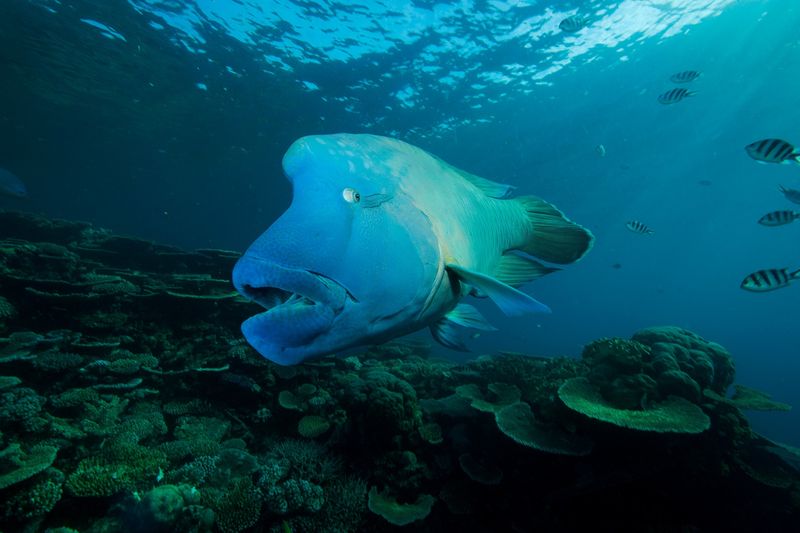
The Napoleon Wrasse, also known as the Humphead Wrasse, is one of the largest reef fishes, easily recognizable by its prominent forehead bump. Found throughout the coral reefs of the Indian and Pacific Oceans, it is a symbol of marine biodiversity.
This gentle giant plays a crucial role in maintaining the health of coral reefs by controlling populations of destructive starfish. Unfortunately, the species faces threats from overfishing and habitat loss. Preserving this iconic fish is vital for sustaining the delicate balance of reef ecosystems, ensuring their resilience and diversity.
Oarfish
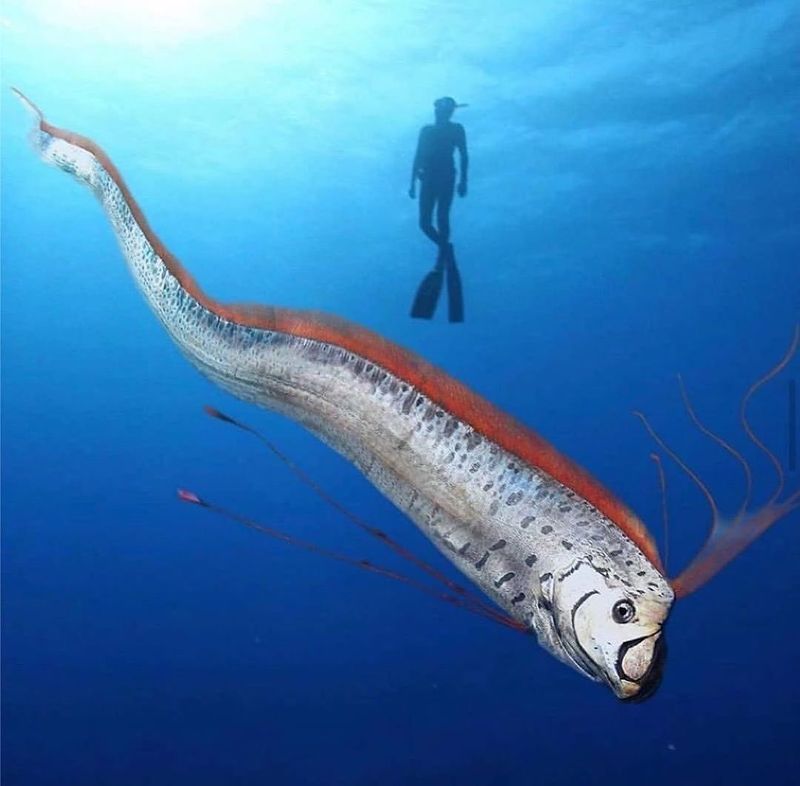
The Oarfish is a deep-sea marvel, often mistaken for the mythical sea serpent due to its elongated, ribbon-like body. Found in the world’s oceans at depths of up to 1,000 meters, it rarely encounters humans.
Its silvery body and red dorsal fin create a striking appearance, fueling legends and intrigue. As a deep-water inhabitant, it plays a mysterious yet integral role in marine ecosystems. Studying the Oarfish helps scientists learn more about the hidden depths of our oceans, offering a glimpse into the life forms dwelling far below the surface.
Leafy Seadragon

The Leafy Seadragon is nature’s master of disguise, with leaf-like appendages that allow it to blend seamlessly with underwater seaweed. Found in the waters of Southern Australia, it is a marvel of camouflage.
This gentle creature drifts with the currents, relying on its appearance for protection from predators. Its unique adaptation highlights the incredible diversity and creativity of marine evolution. Conservation of its habitat is crucial, as it faces threats from pollution and habitat destruction. The Leafy Seadragon remains an enchanting symbol of the ocean’s hidden wonders, inspiring efforts to preserve our planet’s marine biodiversity.

